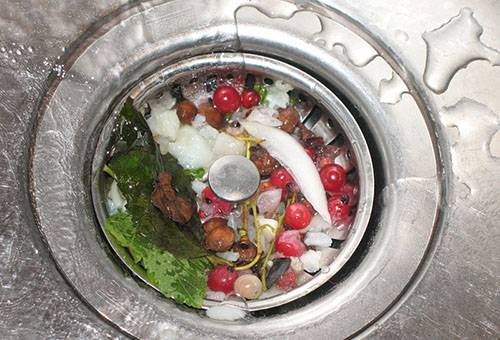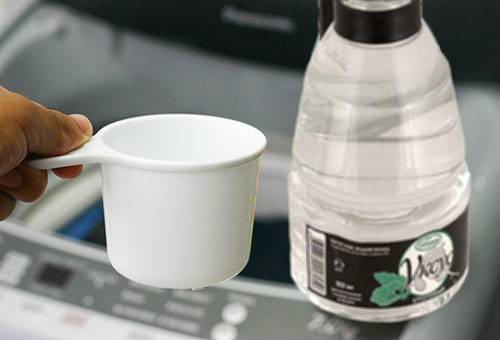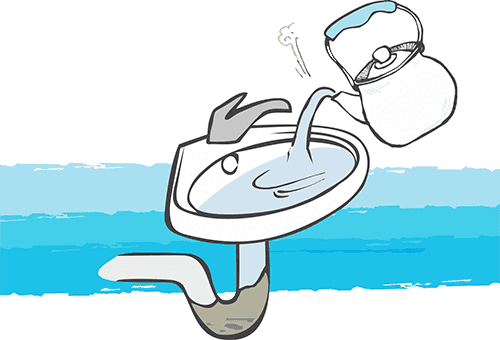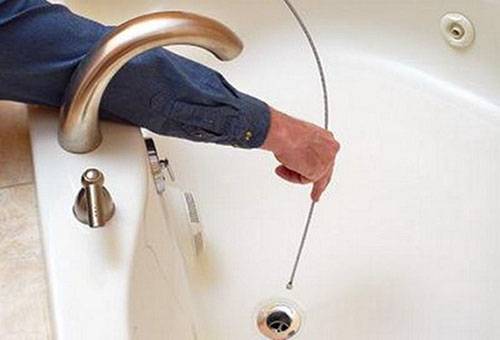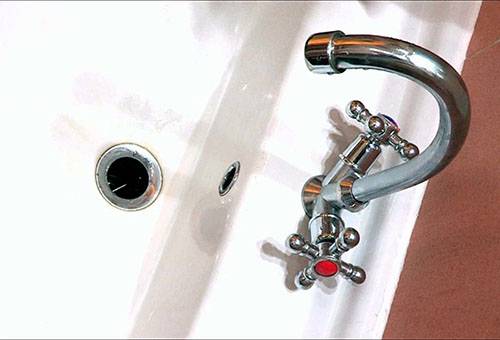How to eliminate blockage in the bathroom at home?
Content:
Clogging is one of the most frequent and unpleasant problems in the house. You can know exactly how to eliminate clogging in the bathroom or other rooms, to do continuous prevention. But at one “wonderful” moment something falls into the drain, and the water remains in the sink. Even worse, if you find blockage by the unpleasant smell of water. This means that he has eaten deeply and has long accumulated somewhere in the depths of the pipes.
Causes of clogging
- Improper care or lack thereof. If the sewer is clogged, you forgot to leave. Your pipes need attention, because in them, in any case, sand and grease gradually accumulate. If you do not prevent blockage once every few months, it will appear soon, and it will be very difficult to cope with it.
- The fat that enters the pipe reduces the free space where water can flow. If the layer of dirt, grease and sand is large, then even a small pebble can block the water and lead to an unpleasant blockage.
- A blockage in the bathroom can be caused by the long use of the pipes. All, even the highest quality ones, begin to work worse, shatter with age, growths appear inside them.
- Most unpleasant if the builders from the very beginning laid the pipes incorrectly. If the slope of the pipe is insufficient, blockages will appear continuously. The only way to stop this is to replace the sewer.
- The reason may be the material of the pipe. If it is made of cast iron, blockages will occur more often. The features of this metal are such that deposits on its walls appear faster. Plastic pipes will not save you from blockages, but there will be a little less trouble.
- And the most common reason is that in chemistry is called the "human factor." Even the cleanest pipes will clog if a rag, construction debris or kitchen waste gets into the drain.
Definition of a blockage. Cleaning with soda and vinegar
Most often, pipes clog in the summer. At this time, people use water much more and can, without thinking, throw cleaning into the drain. If an unpleasant odor appears near the drain, this is the first sign of blockage. The most reliable is the rate of runoff of water. If it decreases only slightly, the problem may be small and the pipe will be easy to clean, but a puddle in the sink suggests that you have to suffer. If the water begins to return through the drain and at the same time it is dirty, has a pungent odor, it is urgent to start acting.
A good way to clean the drain and remove the blockage is to use soda with vinegar. It is necessary to take one glass of these substances. Soda is first poured into a pipe, vinegar goes immediately after it. Since the components are acid and alkali, they will immediately react. After that, it is advised to close the drain with a cork or a rag and leave it for several hours. Then you need to rinse the pipe with hot water - and the blockage is as it was. If you are wondering how you can protect your hands, take any thick gloves that are sold in supermarkets.
Cleaning with boiling water
However, boiling water can help on its own. The reason for its usefulness is that most blockages are made up of fat. If you melt it, there will be no problem. Heat 3-4 liters of hot water (preferably not in an electric kettle) and pour it into the drain. The result will be even more likely if mechanical means like a plunger or a ruff are used together with boiling water.
Tip
It is better not to pour boiling water into the pipe if the water is not washed off. Then he just won’t get to the problem spot. It is also important to be careful when using the plunger. Hot water may splash onto your skin.
Mechanical tools will help
If the pipe is clogged and you do not know what to do, pick up a good old ruff, which will help solve the problem with pipes at home. Wire, plunger or plumbing cable will also be useful. Ruff will be useful if the blockage appears shallow. Remove the grate and open the drain. Take a ruff and stuff it into the pipe. With sudden movements back and forth, try to break through the blockage. If it is a little deeper, a flexible metal rod will help you. Attach it to the handle of the device and try to push it deeper.
The answer to the question of how to clean a blockage in the bathroom has been becoming an ordinary plunger for decades. In order not to break the pipes when using it, you need to plug the drain in advance and wait until a little water is collected. Wait until the water covers the rubber part, and only then open the drain again and press the hemisphere of the plunger against it. Push water into the pipe 10-20 times. She can break the blockage with pressure.
The cable is very convenient in that it can penetrate meters into the depth of the pipe. It is especially convenient if a drum is attached to it. Then you can gradually push the cable into the pipe, rotating it. It may take some time, but it will definitely bring results.
Chemicals
How to clean a blockage in the bathroom without special tools? Have to use a chemical agent. It quickly corrodes dirt and grease in just a few hours. The same "Mole" is quite inexpensive, and one bottle can last for a year of cleaning. The only, but unpleasant drawback of such compounds is the harmfulness to health and pipes. If you use chemistry too often, it corrodes not only deposits, but also the metal itself. Nothing can be done with this, but if the pipe is clogged thoroughly, then once you can use a chemical agent. But masters advise not to use it too often.
To break through the blockage, it is enough to pour a sufficient amount of the product into the drain and wait a few hours.
Prevention
In order not to suffer with an unpleasant odor and not to wipe chemicals off your hands, it is better to think about prevention. Every 2-3 months you need to pour a few liters of boiling water into the drain, it is possible with soda or vinegar. And then at home you can cope with any problem, and the pipes do not have to be changed too quickly.
